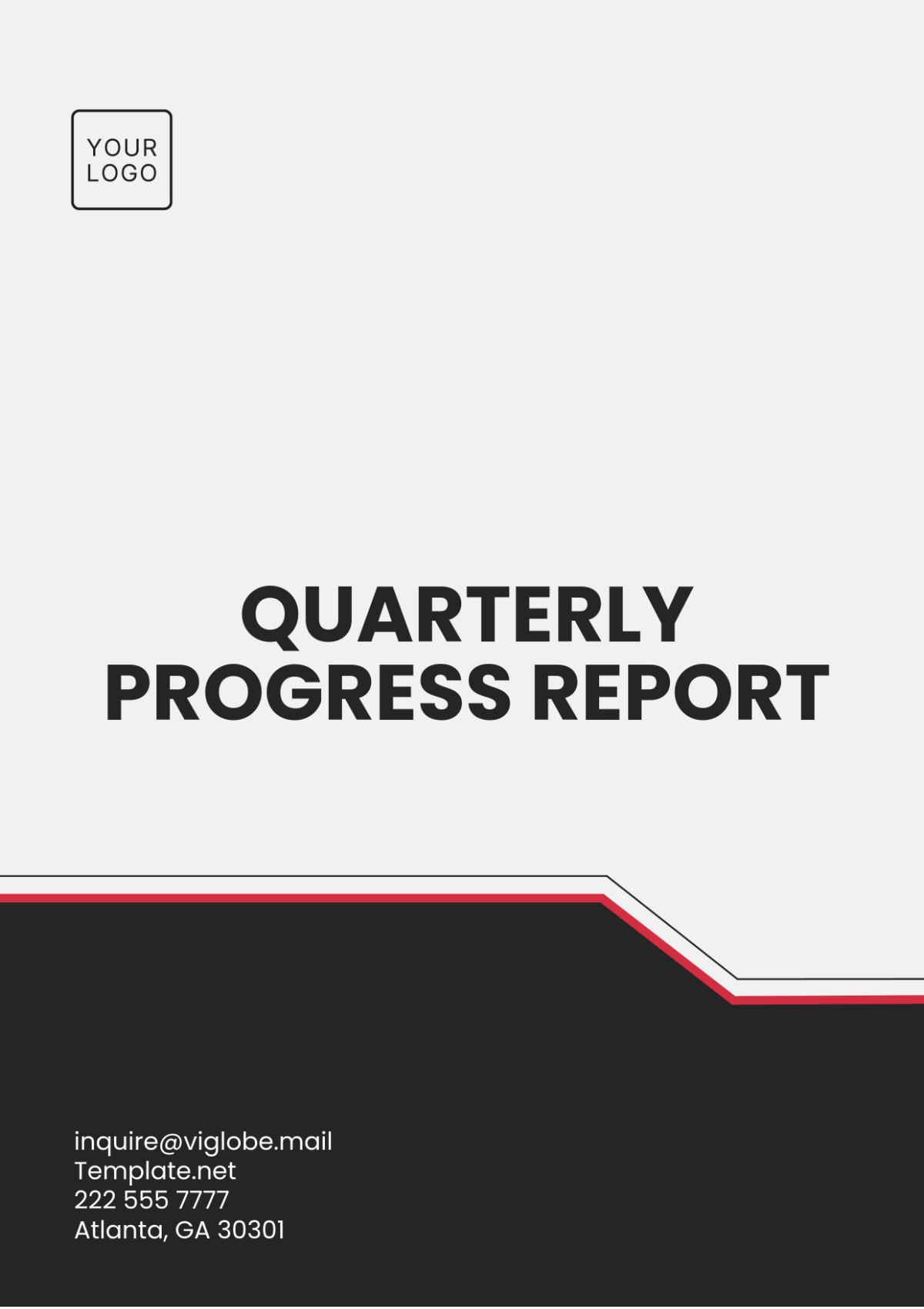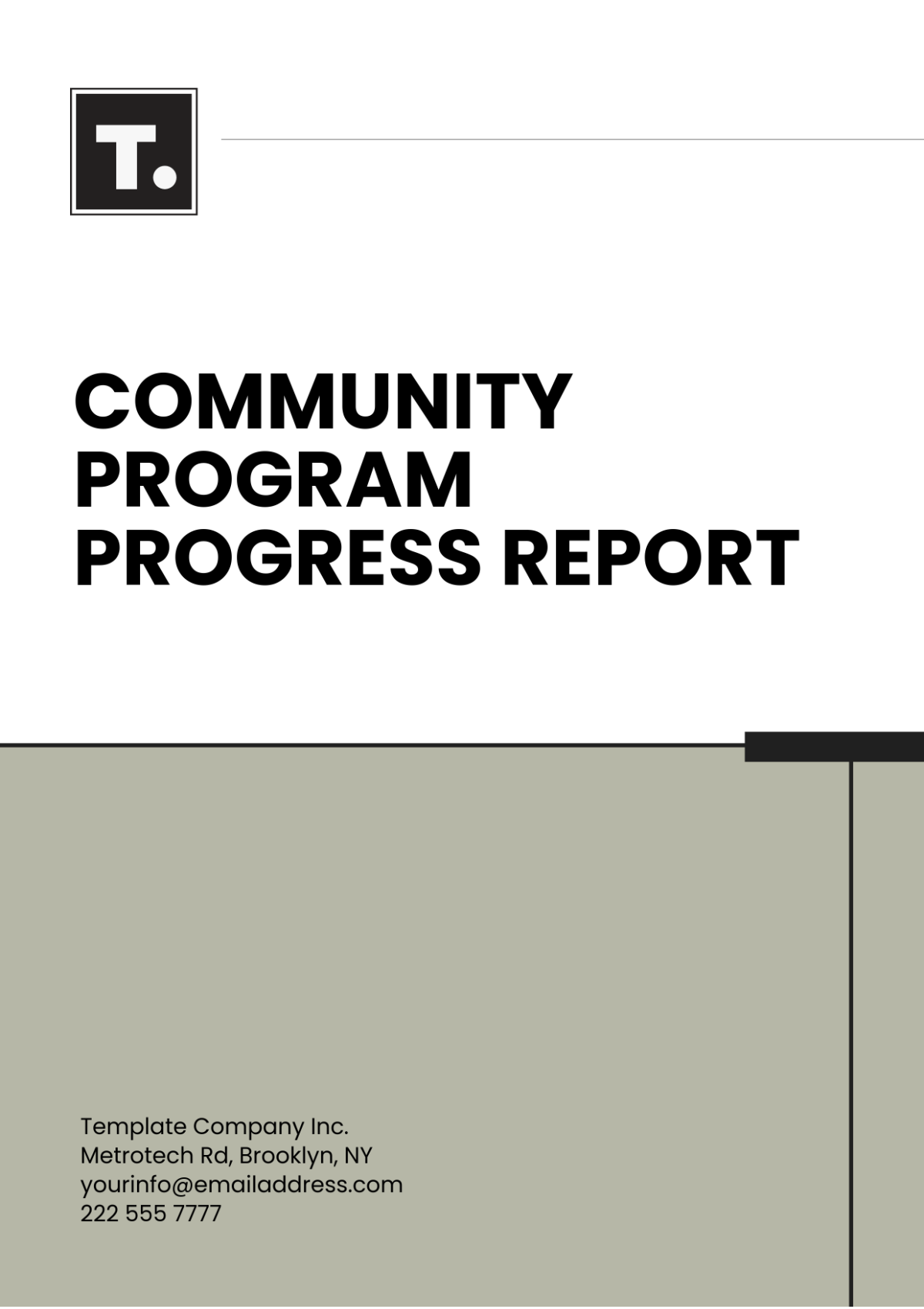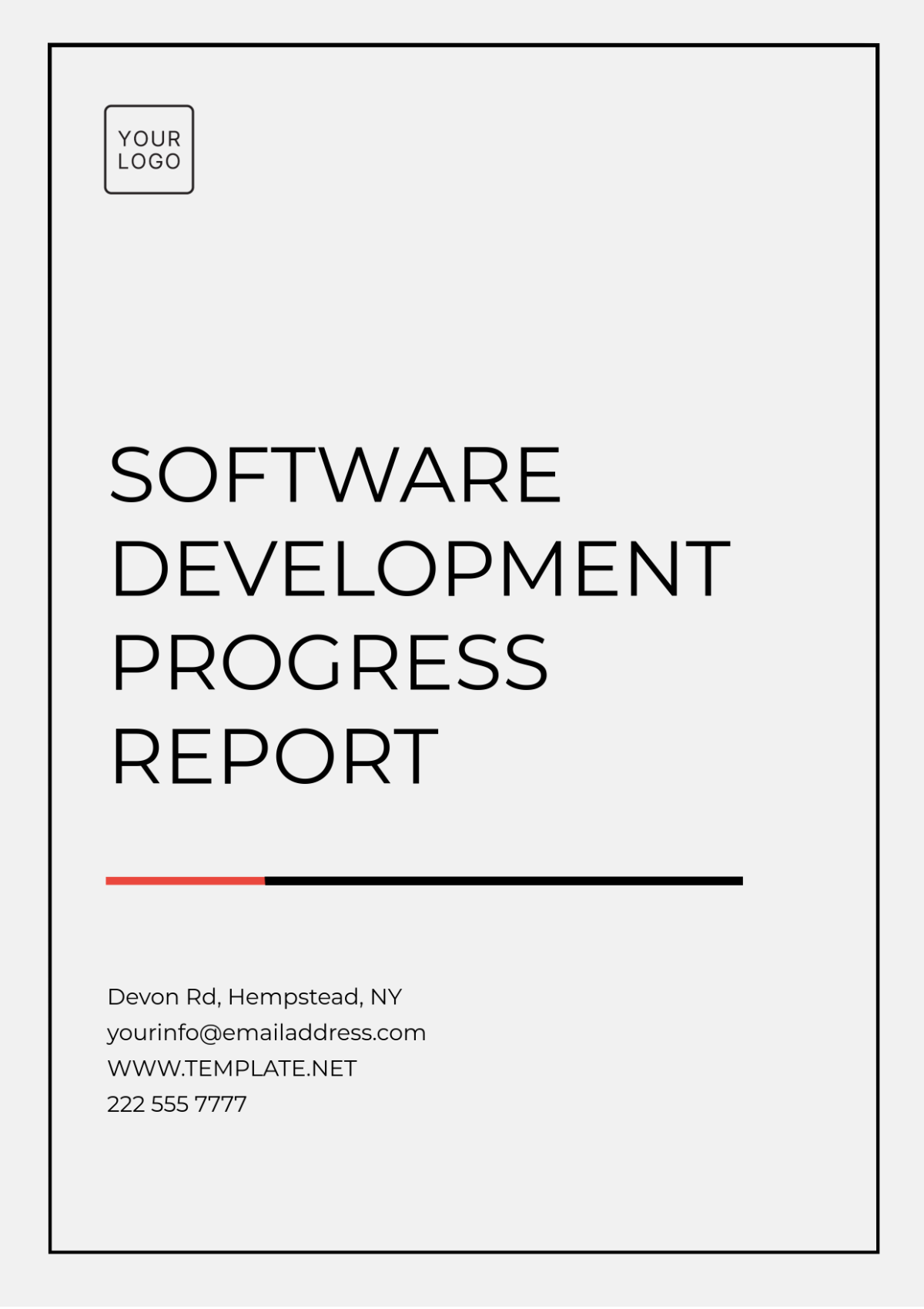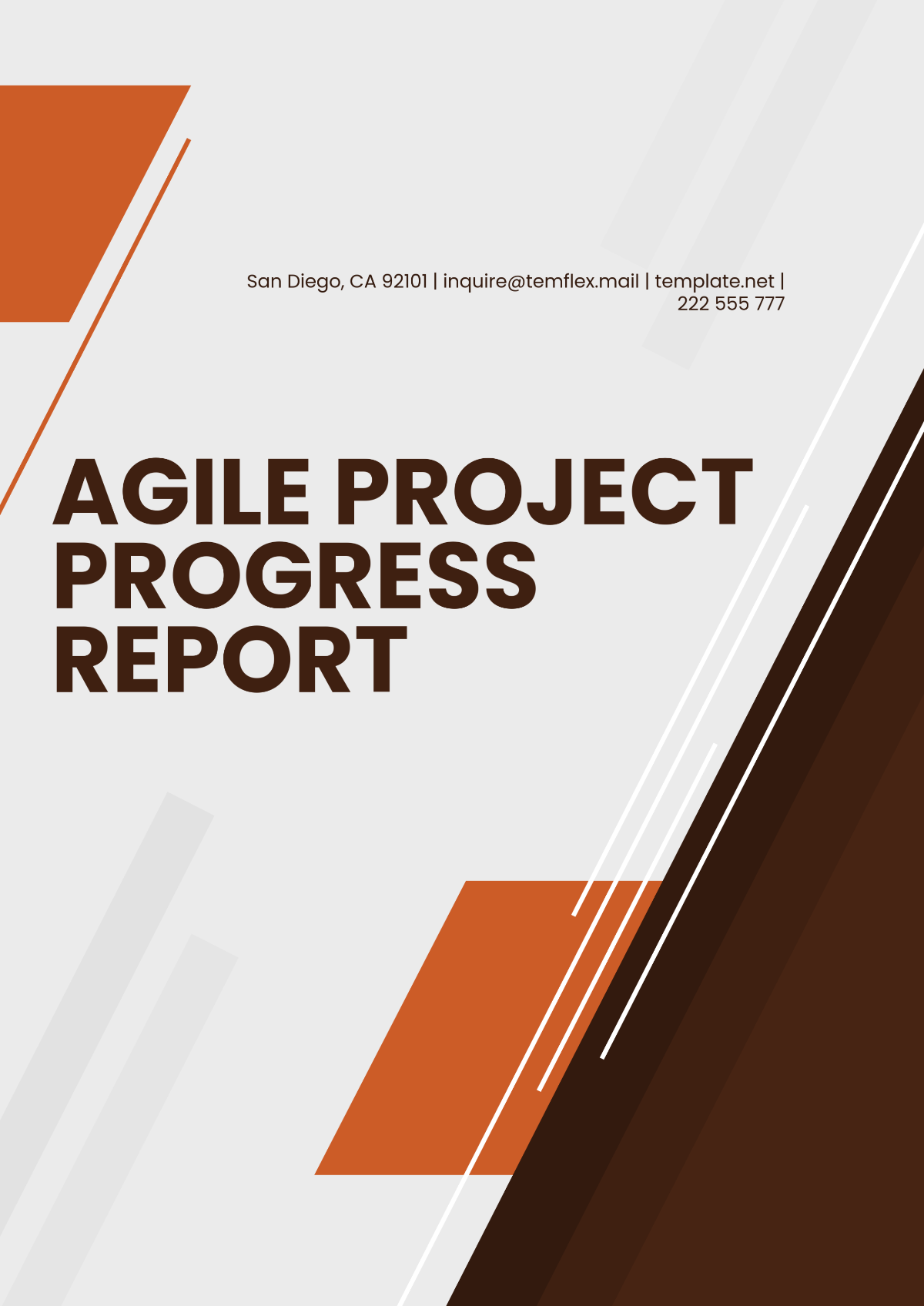Infrastructure Development Report
Prepared by: [Your Name]
Company: [Your Company Name]
Date: [Insert Date]
I. Introduction
Infrastructure development is crucial for economic growth, social well-being, and sustainability. It encompasses a wide array of activities and projects including transportation systems, energy production, water and sanitation, and communication networks. This report aims to provide a comprehensive overview of the current state of infrastructure development, highlighting recent advancements, ongoing projects, challenges, and future opportunities.
II. Current State of Infrastructure
A. Transportation Systems
Transportation infrastructure forms the backbone of any country’s economic structure. It includes roads, railways, airways, and waterways. Recent improvements have focused on digitizing transport systems, increasing capacity, and enhancing safety measures.
Road Networks: Expansion of highways and integration of smart technology for traffic management.
Railways: Introduction of high-speed rail options and upgrades to existing rail lines.
Airports: Development of new airports and upgrading existing facilities to handle increased passenger traffic.
Seaports: Enhancements in port operations and connectivity to support larger cargo volumes.
B. Energy Production
Energy infrastructure is vital for powering industries, and homes, and facilitating modern living. The focus is on transitioning towards renewable energy while maintaining reliable energy from traditional sources.
Renewable Energy: Significant investments in solar, wind, and hydroelectric projects.
Fossil Fuels: Continued optimization of coal, oil, and natural gas sources, including carbon capture and storage technologies.
Energy Grid: Modernization of grid infrastructure for improved efficiency and resilience.
C. Water and Sanitation
Efficient water and sanitation systems are essential for public health and environmental sustainability. Innovations in this sector aim to improve water supply and sewage treatment and address water scarcity issues.
D. Communication Networks
The digital backbone of modern economies is a robust communication infrastructure. There is a continuous drive to expand broadband access, improve mobile networks, and deploy 5G technology.
III. Ongoing Projects
This section lists some significant ongoing infrastructure projects around the world:
Project Name | Sector | Location | Estimated Completion |
|---|---|---|---|
California High-Speed Rail | Transportation | USA | 2056 |
Bhadla Solar Park | Energy | India | 2050 |
Grand Ethiopian Renaissance Dam | Water | Ethiopia | 2051 |
European 5G Rollout | Communication | Europe | 2053 |
IV. Challenges in Infrastructure Development
A. Funding and Investment
Financing infrastructure projects remains a significant challenge, with gaps between the required and available funding. Public-private partnerships are being explored as a solution to bridge these gaps.
B. Technological Integration
Integrating advanced technology into infrastructure can be complex and costly. Challenges include interoperability, cybersecurity threats, and the need for specialized skills.
C. Environmental Concerns
Infrastructure projects can have extensive environmental impacts. Mitigating these impacts while adhering to environmental regulations requires careful planning and innovative solutions.
D. Political and Regulatory Barriers
Political dynamics and regulatory frameworks can hinder the pace of infrastructure development. Ensuring alignment and clear policy direction is crucial for project success.
V. Future Opportunities
A. Smart Infrastructure
The advent of IoT and AI opens up possibilities for smart infrastructure that can self-monitor, optimize operations, and deliver enhanced services.
B. Resilient Infrastructure
Building infrastructure that can withstand natural disasters and adapt to climate change is increasingly important. This includes climate-proofing existing structures and adopting nature-based solutions.
C. Sustainable Urbanization
As urban areas continue to grow, there are opportunities to create sustainable urban infrastructure that promotes green spaces, efficient resource use, and improved quality of life.
VI. Conclusion
Infrastructure development is a critical component for fostering economic growth and sustainable development. While challenges remain, the opportunities presented by technological advancements and innovative approaches offer promising prospects for the future. Through strategic investments and collaborations, it is possible to build infrastructure that meets current needs and anticipates future demands.















































